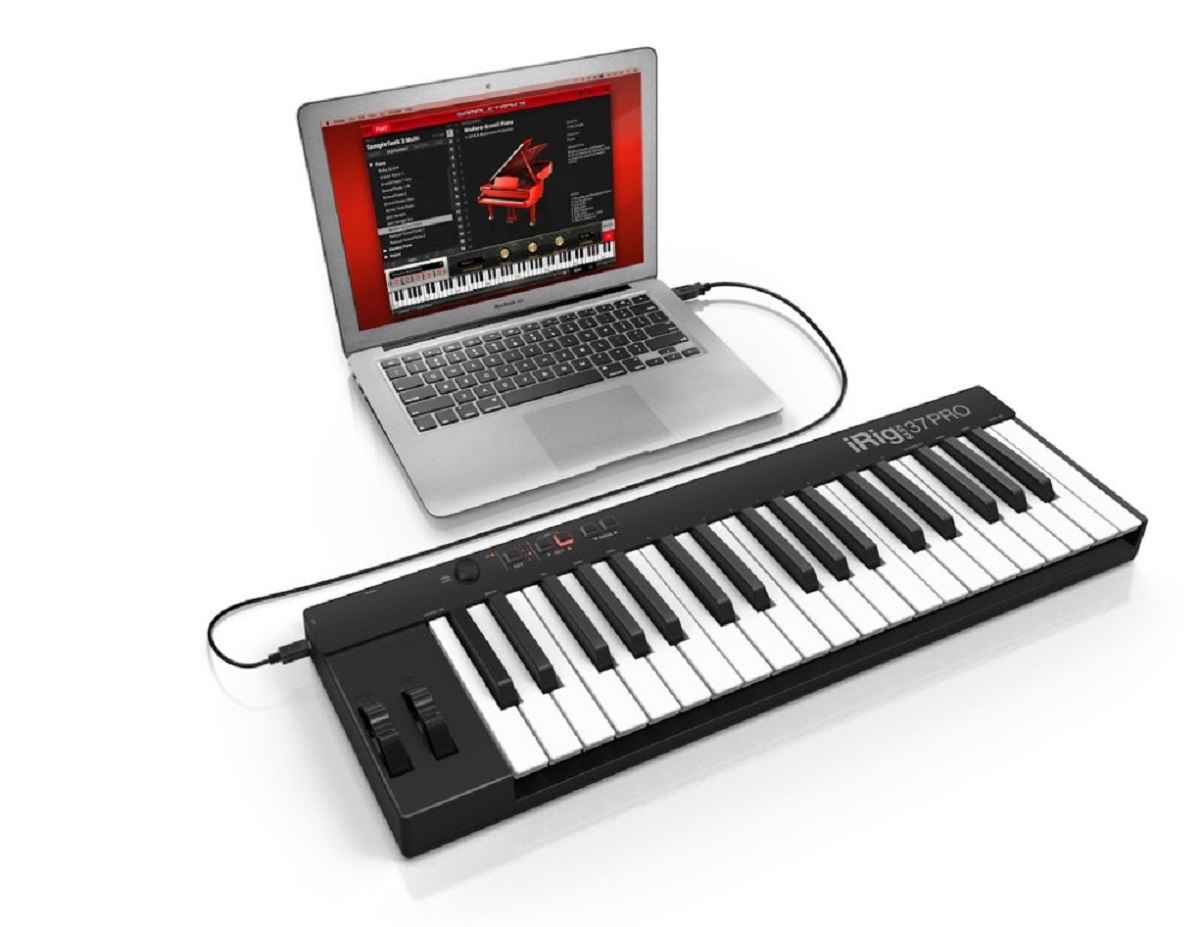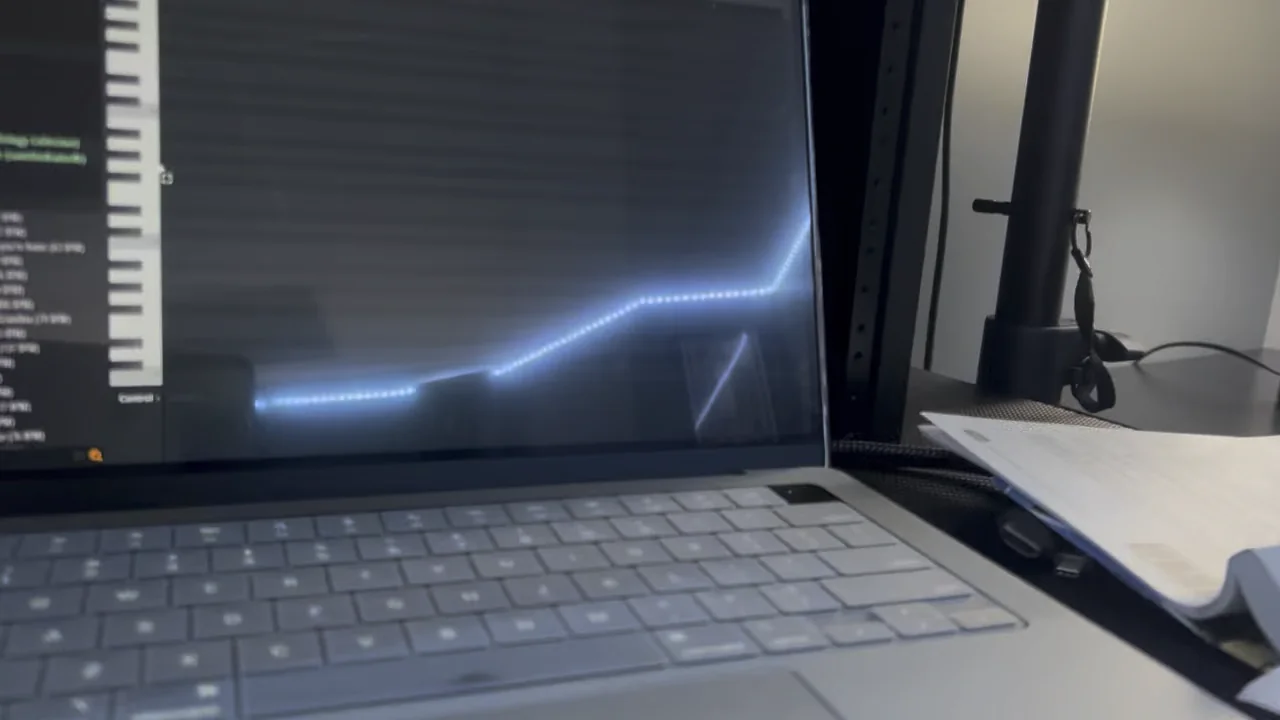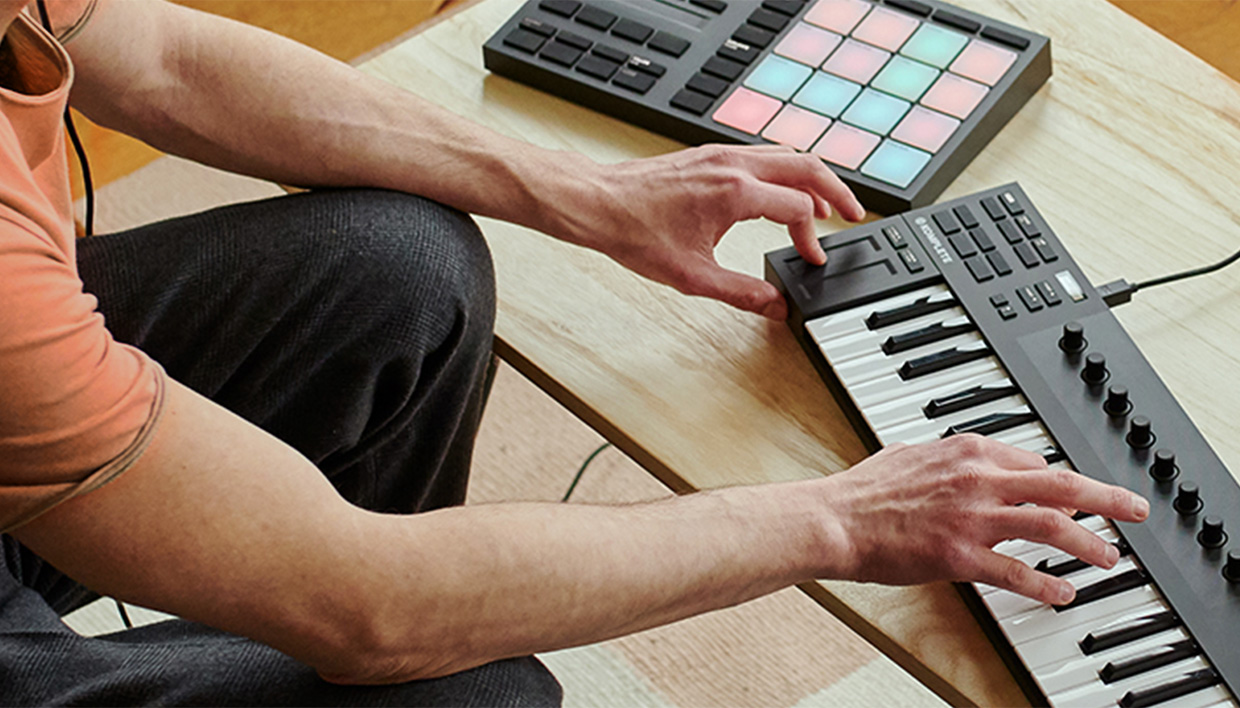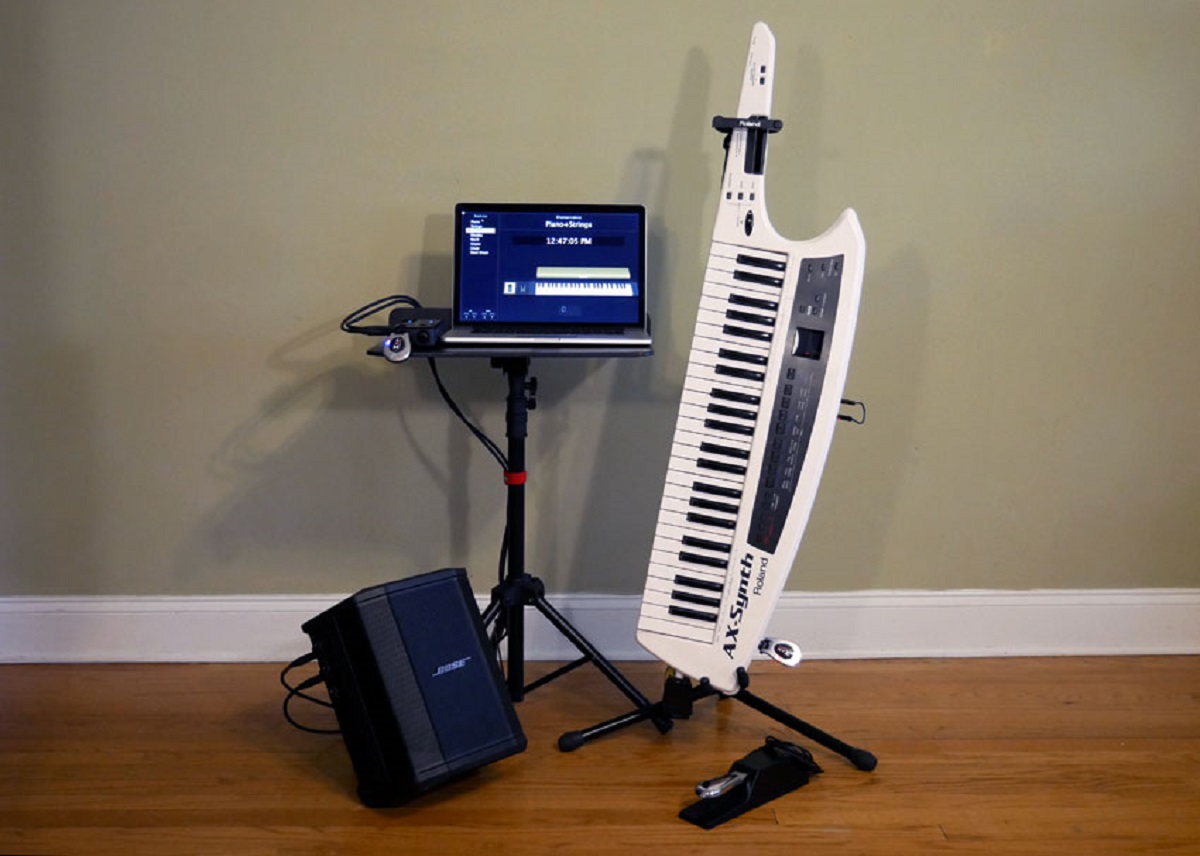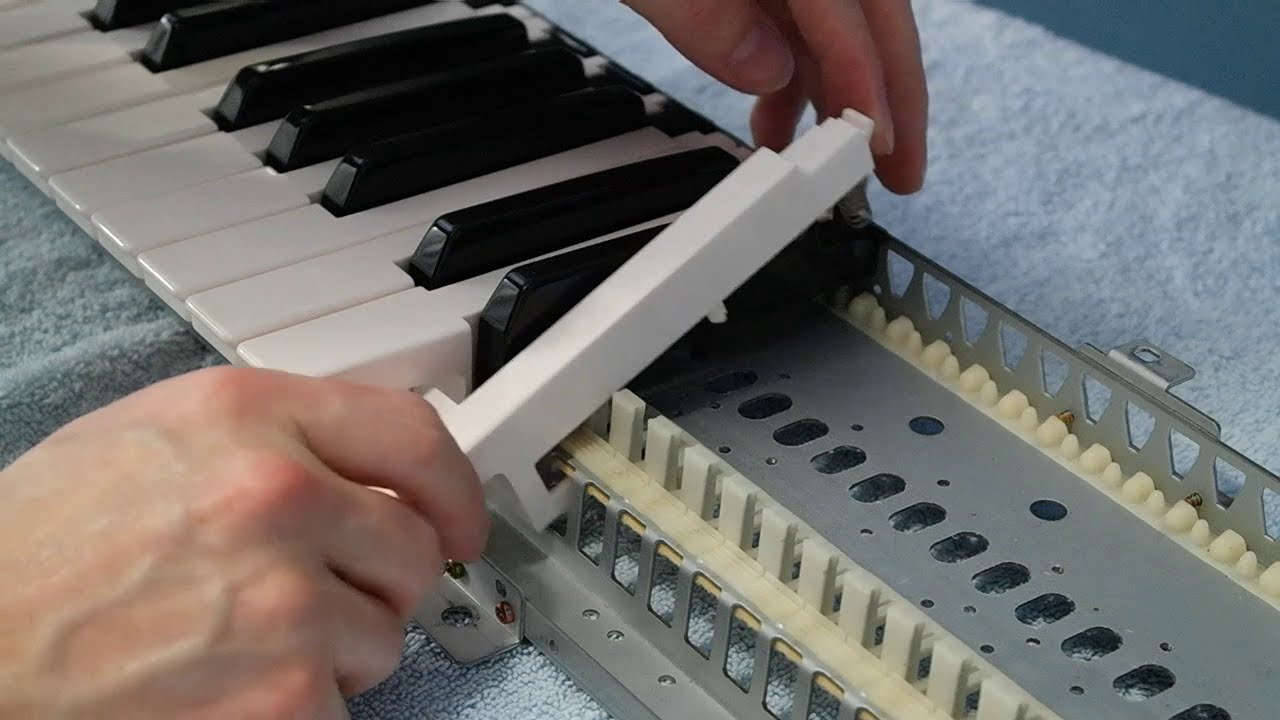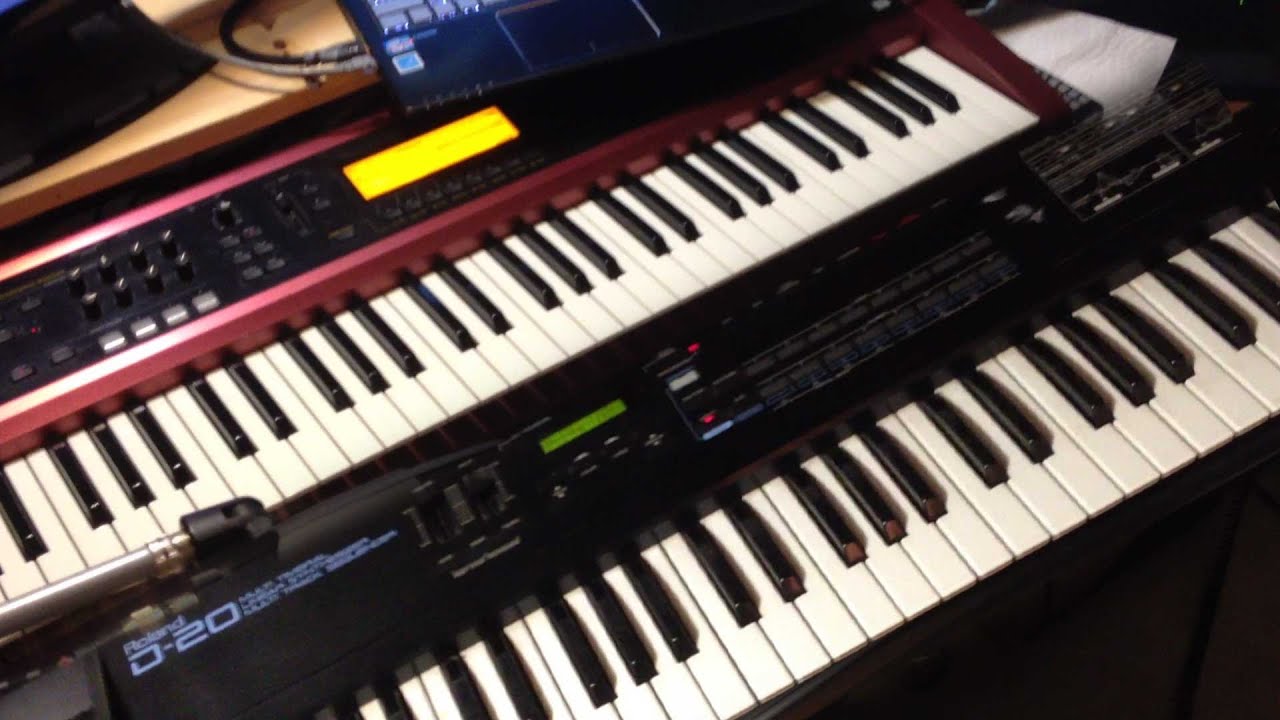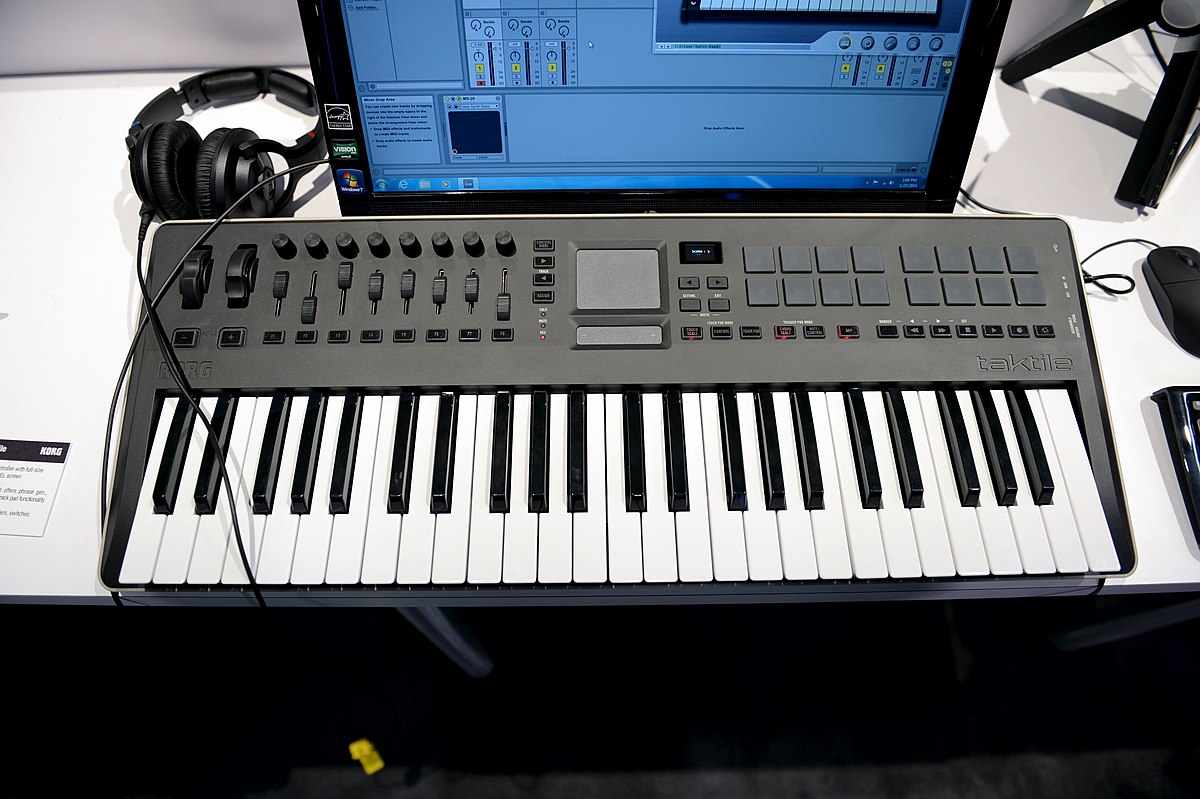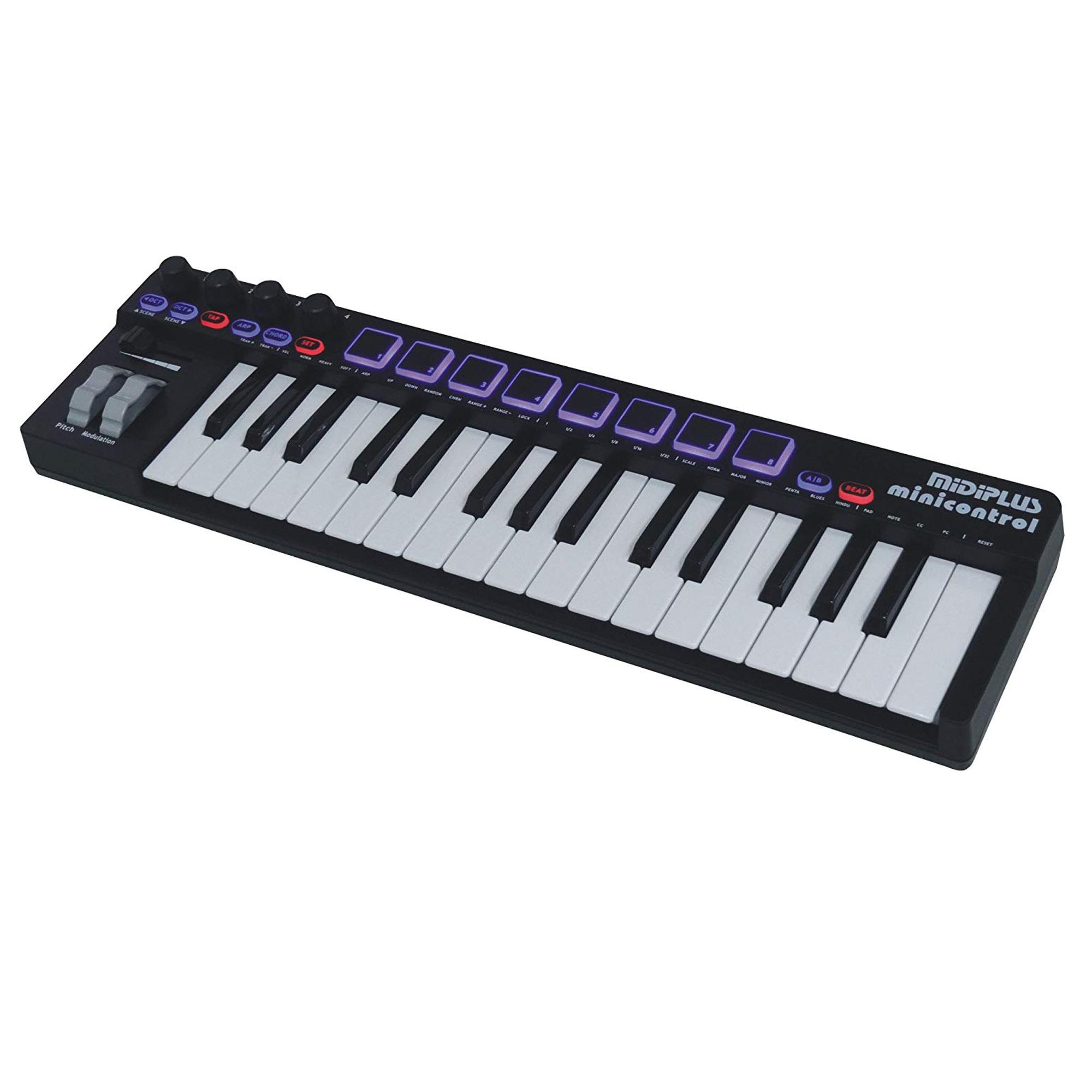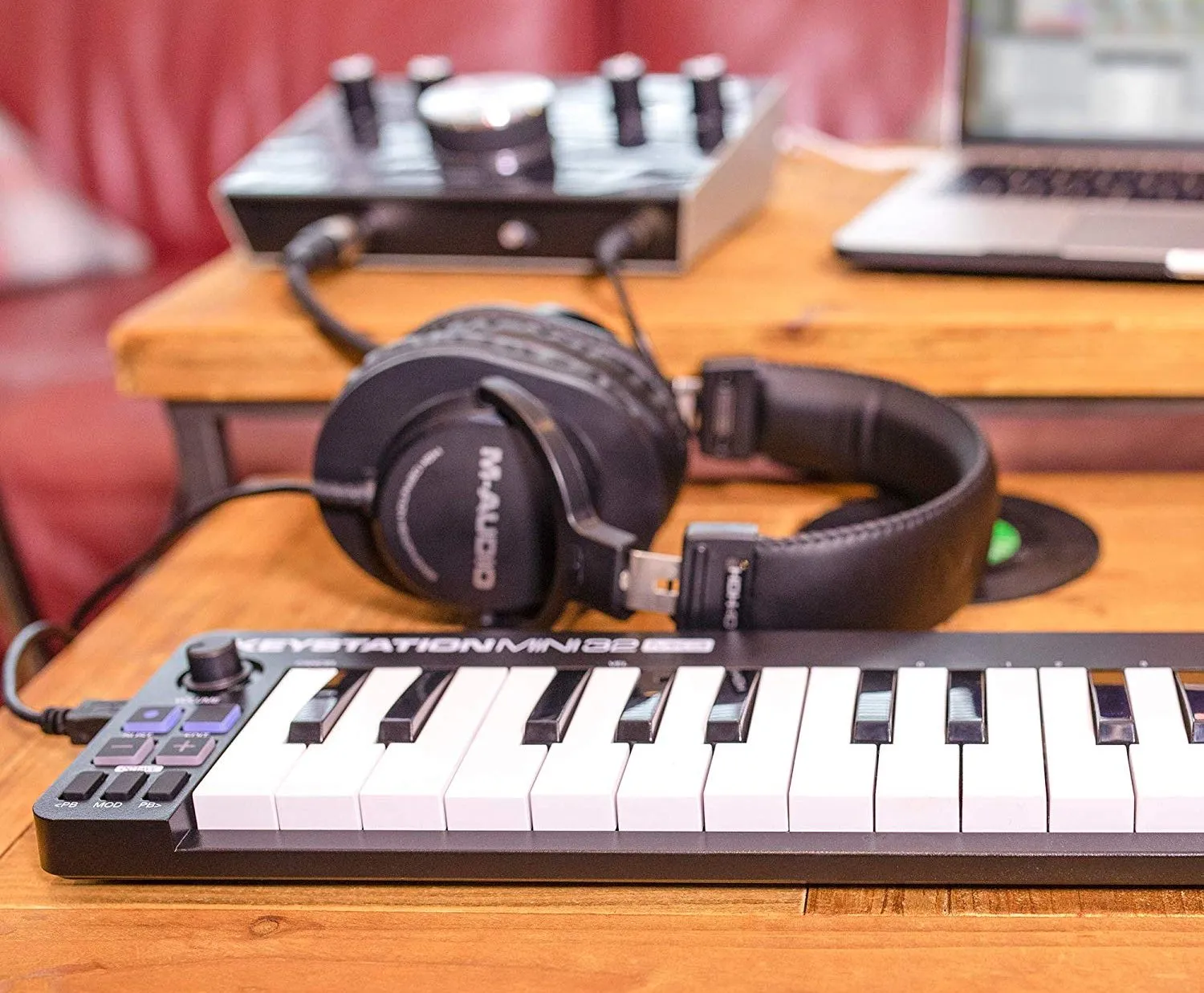Introduction
Understanding the Importance of MIDI Keyboard Sensitivity
MIDI keyboards have revolutionized the music industry, offering an intuitive interface for music producers, composers, and performers. One of the key features that sets MIDI keyboards apart is their sensitivity, which refers to the keyboard’s responsiveness to varying degrees of pressure applied to the keys. This sensitivity plays a crucial role in shaping the dynamics and expression of the music created using these instruments.
Whether you’re a seasoned musician or a budding enthusiast, understanding how to adjust the sensitivity of your MIDI keyboard can significantly enhance your musical experience. By customizing the sensitivity settings, you can achieve greater control over the dynamics of your performances and recordings, resulting in more expressive and emotive music.
In this guide, we will delve into the intricacies of MIDI keyboard sensitivity, exploring the different types of sensitivity and their impact on music production. Additionally, we will provide comprehensive insights into the methods for adjusting sensitivity on various MIDI keyboards, empowering you to tailor your instrument to suit your unique playing style and artistic preferences.
Join us as we embark on a journey to unlock the full potential of your MIDI keyboard, harnessing the power of sensitivity to breathe life into your musical creations.
Understanding Sensitivity in MIDI Keyboards
Before delving into the intricacies of adjusting sensitivity settings, it’s essential to grasp the fundamental concepts of sensitivity in MIDI keyboards. Sensitivity, also known as velocity sensitivity, refers to the keyboard’s ability to detect and respond to the varying degrees of pressure applied to the keys. This feature allows musicians to convey dynamics and expression in their performances, mimicking the nuances of acoustic instruments.
Most MIDI keyboards are equipped with velocity-sensitive keys, enabling the production of notes with different volumes and timbres based on the force of the keystroke. When a key is struck softly, the resulting note is quieter and gentler, while a harder strike produces a louder and more pronounced sound. This dynamic responsiveness empowers musicians to infuse their performances with emotion and subtlety, effectively capturing the ebb and flow of musical expression.
Furthermore, MIDI keyboards often feature aftertouch sensitivity, which detects the pressure applied to keys after initial contact. Aftertouch sensitivity allows for additional expressive control, enabling musicians to modulate parameters such as vibrato, modulation, and filter cutoff in real time, adding depth and character to their musical phrasing.
Understanding the nuances of sensitivity in MIDI keyboards is pivotal for harnessing the full potential of these instruments. By leveraging sensitivity settings, musicians can breathe life into their compositions, imbuing them with a level of expressiveness and realism that transcends the limitations of traditional keyboard instruments.
Adjusting Sensitivity on Different MIDI Keyboards
Each MIDI keyboard model may offer unique methods for adjusting sensitivity settings, catering to the diverse preferences and playing styles of musicians. Understanding how to customize sensitivity on different MIDI keyboards empowers musicians to tailor their instruments to suit their individual artistic needs. Below, we explore the varying approaches to adjusting sensitivity on different types of MIDI keyboards:
- Software-Based Adjustment: Many modern MIDI keyboards offer software interfaces or companion applications that allow users to fine-tune sensitivity settings. Through these platforms, musicians can adjust parameters such as velocity curves, key response, and aftertouch sensitivity, providing a high level of customization to match their playing dynamics.
- Hardware Controls: Some MIDI keyboards feature onboard controls or dedicated buttons that enable users to directly manipulate sensitivity parameters. These physical controls may allow for real-time adjustments, providing immediate feedback and facilitating seamless experimentation with sensitivity settings during performances or recording sessions.
- Manufacturer-Specific Methods: Certain MIDI keyboard manufacturers may implement proprietary methods for adjusting sensitivity, such as utilizing specific key combinations, MIDI CC messages, or specialized software tools provided by the manufacturer. Familiarizing oneself with the manufacturer’s documentation and resources is essential for effectively customizing sensitivity on these instruments.
It’s important to note that the process of adjusting sensitivity settings can vary significantly across different MIDI keyboard models. Therefore, referring to the instrument’s user manual, online resources, and community forums can provide invaluable insights into the specific methods and best practices for customizing sensitivity based on the make and model of the keyboard.
By gaining proficiency in adjusting sensitivity on different MIDI keyboards, musicians can unlock a world of expressive possibilities, tailoring their instruments to deliver nuanced and emotive performances that reflect their artistic vision.
Tips for Customizing Sensitivity Settings
Customizing sensitivity settings on a MIDI keyboard is a nuanced process that requires attention to detail and a keen understanding of musical dynamics. To optimize the responsiveness of your instrument and elevate your musical performances, consider the following tips for fine-tuning sensitivity settings:
- Experiment with Velocity Curves: Velocity curves determine the relationship between key pressure and the resulting MIDI velocity values. Experiment with different velocity curve presets or create custom curves to tailor the keyboard’s response to your playing style. A steeper curve may yield a more pronounced dynamic range, while a flatter curve can provide greater uniformity in velocity response.
- Utilize Aftertouch Responsively: If your MIDI keyboard features aftertouch sensitivity, explore its potential for adding expressive nuances to your playing. Practice using aftertouch to modulate parameters such as vibrato, filter cutoff, or pitch bend, allowing for dynamic and emotive phrasing in your performances.
- Consider Key Response Adjustments: Some MIDI keyboards offer options to modify key response characteristics, such as the keybed’s resistance or the responsiveness of individual keys. Fine-tuning these parameters can enhance the tactile feel of the keyboard and tailor it to your preferred playing experience.
- Real-Time Monitoring and Adjustment: When customizing sensitivity settings, engage in real-time monitoring of your performances to assess the impact of adjustments. Make incremental changes and observe how they influence the dynamics and expressiveness of your playing, allowing for a responsive and iterative approach to customization.
- Seek Community Insights: Engage with online communities, forums, and user groups dedicated to MIDI keyboards and music production. Share experiences, seek advice, and learn from the insights of fellow musicians who have navigated the process of customizing sensitivity settings on similar instruments.
By incorporating these tips into your approach to customizing sensitivity settings, you can harness the full potential of your MIDI keyboard, unlocking a realm of expressive possibilities and refining your musical output with precision and artistry.
Conclusion
Adjusting the sensitivity of a MIDI keyboard is a dynamic and empowering process that enables musicians to sculpt their performances with unparalleled expressiveness and precision. By understanding the nuances of sensitivity in MIDI keyboards and mastering the art of customization, musicians can elevate their musical creations to new heights, infusing them with emotion, subtlety, and authenticity.
From velocity sensitivity to aftertouch responsiveness, MIDI keyboards offer a rich tapestry of expressive capabilities, allowing musicians to convey the full spectrum of musical dynamics with finesse and artistry. Whether crafting delicate, introspective compositions or delivering thunderous, impassioned performances, the ability to tailor sensitivity settings empowers musicians to realize their artistic vision with unparalleled fidelity.
As technology continues to advance, MIDI keyboards are evolving to offer increasingly sophisticated sensitivity customization options, providing musicians with a canvas for boundless creativity and sonic exploration. Through the convergence of innovative hardware and intuitive software interfaces, the potential for shaping the expressive capabilities of MIDI keyboards knows no bounds.
Embracing the journey of customizing sensitivity settings on MIDI keyboards is a testament to the artistry and dedication of musicians, as they seek to imbue their performances with depth, emotion, and individuality. With each nuanced adjustment and exploration of expressive possibilities, musicians embark on a quest to refine their craft and amplify the impact of their musical storytelling.
Ultimately, the pursuit of sensitivity customization transcends technical manipulation; it embodies the essence of musical expression, inviting musicians to forge a profound connection between their artistic intent and the evocative power of their performances. As musicians continue to explore and innovate within this realm, the boundaries of musical expression are continually expanded, enriching the sonic tapestry of the world.







